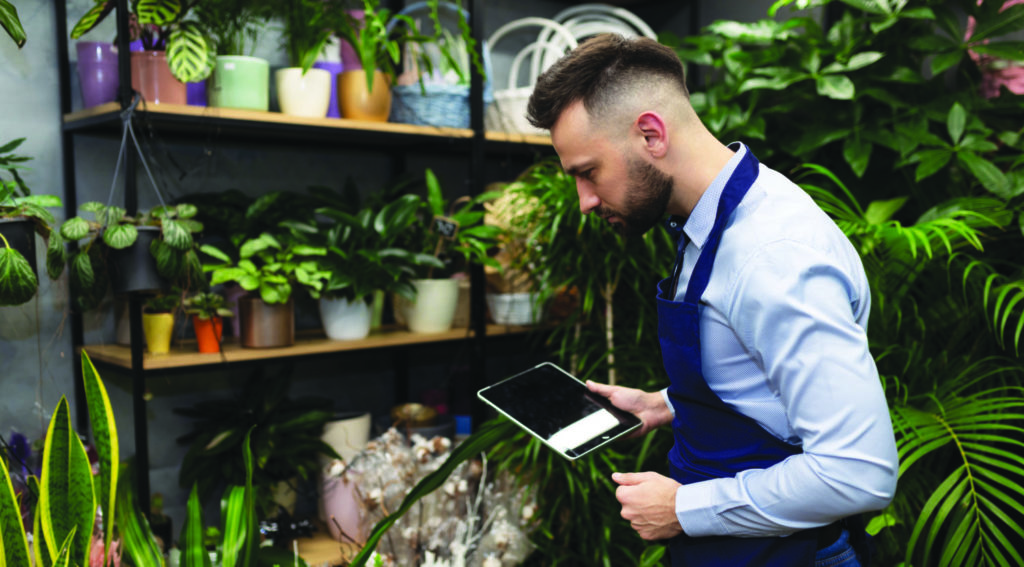
Preventing Theft in Your Garden Center
When a customer comes into your garden center, they most likely look at, touch, feel, and sometimes smell or taste the products. With customers getting so up close and personal with your merchandise, how do you prevent them from stealing?
Here is how two garden centers prevent retail theft and handle the matter when it occurs.
All About the Flow
Dustyn Miller, ornamental grower/retail greenhouse and nursery manager at Miller Plant Farm in York, Pennsylvania, says that theft prevention is all about having good flow in your space. When they were making plans to expand the retail space at Miller Plant Farm, he says they visited and talked to nearby garden centers including Barlow’s in New Jersey and Greenstreet Gardens in Maryland about how they laid out their stores and their traffic patterns.
“A well-thought-out floor plan and good flow go a long way in preventing theft,” he says. At Miller Plant Farm, customers enter at one end and go through checkout before leaving the indoor retail space. He says purchased items get boxed, so “if a production flat goes out [the door], that’s a red flag.”
On Camera
Shoplifting is always an issue in retail, and likely much more prevalent than most garden centers realize, says Michael Sullivan, operations manager at Roger’s Gardens in Corona del Mar, California. He says this is especially true due to many garden centers offering extensive giftware, collectables and other easily concealed lines of merchandise.
“In practice, the large majority of most retailers’ shoplifting awareness is after the fact,” he says. “We become aware of possible shoplifting when a high-profile or valuable item is noticed missing and there is no POS document or other justification for its absence. Because of our extensive high-end gifts, collectables and jewelry lines, we take a physical count of a few of these key items each morning during opening and again during closing.”
He says that when they notice a difference in the starting and ending quantity of an item — with no transaction to balance it — they’re alerted to possible shoplifting. When that happens, he says they go back to the video footage.
Roger’s Gardens uses security cameras to monitor what’s going on in their store.
“Over the past year or two, we have upgraded our security cameras from about 30 to now over 90. That may sound like a lot, but they are now relatively inexpensive,” Sullivan says. “We originally installed these to document trips, slips, falls, and other liability and lawsuit claims, but are finding them at least as useful in reducing our shoplifting. High-quality, high-resolution waterproof cameras are now very inexpensive and can be sourced on Amazon at under $100 each. However, you will also need to run cable for these — we do not recommend the wireless, Wi-Fi versions. You will also need a server that can store the videos and software that can be used to archive and access the footage — we are using Blue Iris Security and Webcam Software.
“We have enough cameras now that we can almost track the person from camera to camera completely through the store, until they exit,” Sullivan says. “Then comes the most important part. We also have cameras in key locations in our parking lot, and especially at our two entrance/exit driveways. These same inexpensive cameras are easily able to capture the license plate of the vehicle. This is the key step — getting the vehicle license. Before we had these driveway cameras all we had was a photograph of the shoplifter and hoped that they would be recognized by our staff if they returned. Sometimes they did, often they didn’t. Now, with the vehicle license, we know who they are.
“We save the video footage to a file and record a few other details, such as the date and time of the event, the item numbers, retail values, and so on.”
Code Green
Sullivan says a very strong relationship with their police department, especially the detectives, is vital. In the case of a theft, they notify their principal detective, provide the video file and other information, and the police department takes it from there.
“Because of our strong working relationship, these detectives, they then contact the suspect. More often than not, the merchandise is retrieved and the shoplifter is either prosecuted or issued a ‘No Trespassing’ order. In California, currently a criminal prosecution is when more than $950 in retail value has been taken, but that may vary by state or municipality. For thefts under $950 the prosecution would be a civil case. The decision to prosecute or not is the choice of the business.”
Sullivan says that occasionally they notice a shoplifter in the act.
“For many years, we have had very effective internal procedures to handle these. When a staff member suspects a shoplifting, they call a ‘Code Green’ on their radio. At least one manager will immediately respond and discretely go to the location of the staff member. The suspected shoplifter is pointed out to the manager from a distance, and the employee returns to their job. It is very important at this stage to not involve or even notify other staff of a shoplifting in process. Too many eyes on the person(s) will almost always alert the suspect.
“Only after the person exits the store with the merchandise do we approach them — never before, and always as a pair,” he says. “A shoplifting has not occurred until they pass the normal location of payment, even if the item is concealed. We very politely ask for a receipt or proof of purchase. It is important at this point to not accuse anyone of shoplifting, no matter how certain you may be. If there is no proof of purchase, in all cases we call our police, no matter how petty.
“Meanwhile, while waiting for the police to arrive, the guest is asked to return to the store and we seclude ourselves in a quiet area, away from other shoppers. Once the shoplifter is aware that we have called the police, they will usually become very anxious and apologetic, volunteering to immediately pay for any merchandise. Be ready for this. Almost all of our shoplifting is by regular people, not professional thieves. They will be frantic, may come to tears and plead with you. Do not make any deals at this point, just wait for the police to arrive. Once the police arrive you will be guided on your options as the retailer/business, to prosecute or to issue a ‘No Trespassing’ order.”
Staff Training
Sullivan says shoplifting reduction relies heavily on staff involvement.
“They must have clear instructions and your company must have a clear and consistent procedure for your management team. We post images of suspected shoplifters very privately in our staff work areas and encourage the staff’s participation and help. Any employee who assists in the successful capture of a shoplifter receives a $100 cash bonus immediately and bragging rights among the team.”
For an enhanced reading experience, view this article in our digital edition.


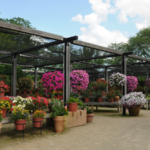

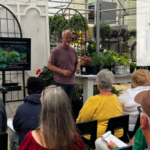

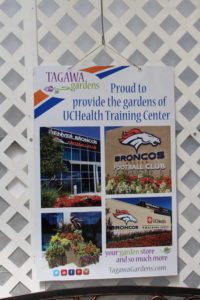

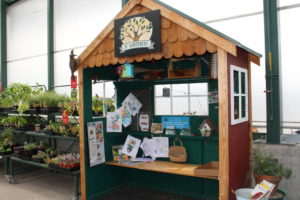
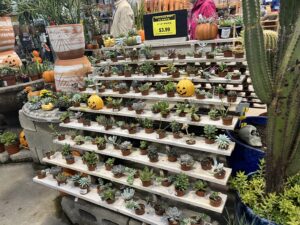




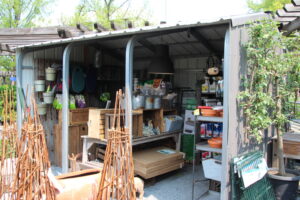

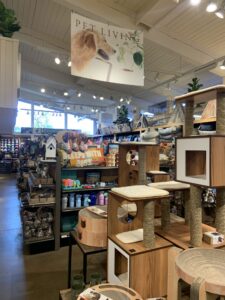
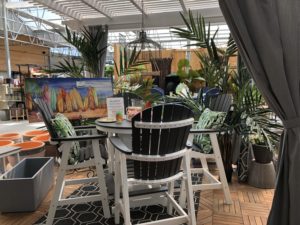
 Videos
Videos





